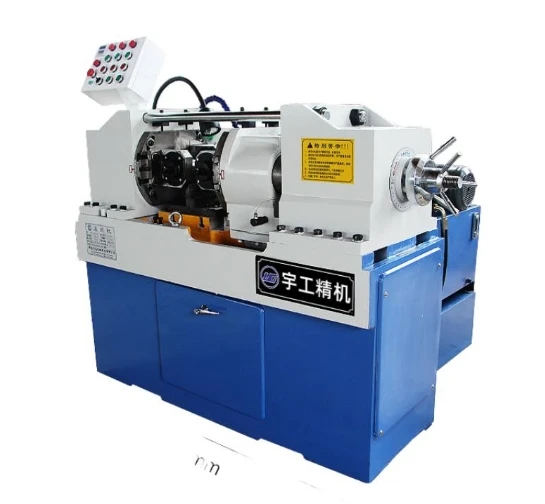
-
 Afrikaans
Afrikaans -
 Albanian
Albanian -
 Amharic
Amharic -
 Arabic
Arabic -
 Armenian
Armenian -
 Azerbaijani
Azerbaijani -
 Basque
Basque -
 Belarusian
Belarusian -
 Bengali
Bengali -
 Bosnian
Bosnian -
 Bulgarian
Bulgarian -
 Catalan
Catalan -
 Cebuano
Cebuano -
 Corsican
Corsican -
 Croatian
Croatian -
 Czech
Czech -
 Danish
Danish -
 Dutch
Dutch -
 English
English -
 Esperanto
Esperanto -
 Estonian
Estonian -
 Finnish
Finnish -
 French
French -
 Frisian
Frisian -
 Galician
Galician -
 Georgian
Georgian -
 German
German -
 Greek
Greek -
 Gujarati
Gujarati -
 Haitian Creole
Haitian Creole -
 hausa
hausa -
 hawaiian
hawaiian -
 Hebrew
Hebrew -
 Hindi
Hindi -
 Miao
Miao -
 Hungarian
Hungarian -
 Icelandic
Icelandic -
 igbo
igbo -
 Indonesian
Indonesian -
 irish
irish -
 Italian
Italian -
 Japanese
Japanese -
 Javanese
Javanese -
 Kannada
Kannada -
 kazakh
kazakh -
 Khmer
Khmer -
 Rwandese
Rwandese -
 Korean
Korean -
 Kurdish
Kurdish -
 Kyrgyz
Kyrgyz -
 Lao
Lao -
 Latin
Latin -
 Latvian
Latvian -
 Lithuanian
Lithuanian -
 Luxembourgish
Luxembourgish -
 Macedonian
Macedonian -
 Malgashi
Malgashi -
 Malay
Malay -
 Malayalam
Malayalam -
 Maltese
Maltese -
 Maori
Maori -
 Marathi
Marathi -
 Mongolian
Mongolian -
 Myanmar
Myanmar -
 Nepali
Nepali -
 Norwegian
Norwegian -
 Norwegian
Norwegian -
 Occitan
Occitan -
 Pashto
Pashto -
 Persian
Persian -
 Polish
Polish -
 Portuguese
Portuguese -
 Punjabi
Punjabi -
 Romanian
Romanian -
 Russian
Russian -
 Samoan
Samoan -
 Scottish Gaelic
Scottish Gaelic -
 Serbian
Serbian -
 Sesotho
Sesotho -
 Shona
Shona -
 Sindhi
Sindhi -
 Sinhala
Sinhala -
 Slovak
Slovak -
 Slovenian
Slovenian -
 Somali
Somali -
 Spanish
Spanish -
 Sundanese
Sundanese -
 Swahili
Swahili -
 Swedish
Swedish -
 Tagalog
Tagalog -
 Tajik
Tajik -
 Tamil
Tamil -
 Tatar
Tatar -
 Telugu
Telugu -
 Thai
Thai -
 Turkish
Turkish -
 Turkmen
Turkmen -
 Ukrainian
Ukrainian -
 Urdu
Urdu -
 Uighur
Uighur -
 Uzbek
Uzbek -
 Vietnamese
Vietnamese -
 Welsh
Welsh -
 Bantu
Bantu -
 Yiddish
Yiddish -
 Yoruba
Yoruba -
 Zulu
Zulu
Flat Die Services for Thread Rolling Machines and Their Efficiency
The Importance of Thread Rolling Machines and Flat Die Service in Manufacturing
In the realm of modern manufacturing, precision and efficiency are paramount. Among the various techniques employed, thread rolling has emerged as a favored method for producing high-quality threaded parts. Utilizing thread rolling machines equipped with flat dies, this process offers numerous advantages over traditional machining methods. This article examines the significance of thread rolling machines with flat die service in today's manufacturing landscape.
Thread Rolling An Overview
Thread rolling is a cold forming process that creates threads on a cylindrical workpiece by deforming the material using flat dies. Unlike cutting methods, which remove material from a workpiece, thread rolling retains the material’s integrity and improves its mechanical properties due to work hardening. This technique is particularly beneficial for producing bolts, screws, and various fasteners, where precise dimensions and surface finishes are crucial.
Advantages of Thread Rolling Machines
1. Enhanced Strength and Durability One of the primary benefits of thread rolling is the enhancement of the material's strength. The process involves compressing the metal fibers, resulting in tighter molecular structures. As a result, the finished product exhibits superior tensile strength and resistance to wear and tear.
2. Cost-Effectiveness Thread rolling machines are designed for efficiency. They can produce a high volume of threaded parts at a lower cost compared to traditional machining methods. The elimination of material waste and reduced cycle times translate to significant cost savings for manufacturers.
3. Improved Surface Finish The cold working process involved in thread rolling typically results in a smoother surface finish compared to cutting methods. This not only reduces the need for secondary finishing operations but also enhances the overall aesthetic quality of the product.
thread rolling machine flat die service

4. Precision and Uniformity Thread rolling machines offer exceptional precision, ensuring that each component meets exact specifications. The ability to produce uniform threads consistently is crucial in applications where interchangeability is required, such as in automotive and aerospace industries.
The Role of Flat Dies in Thread Rolling
Flat dies are essential components in thread rolling machines. They shape the material as it passes through the rollers, creating the desired thread profile. The design of the flat dies directly impacts the quality and accuracy of the threads produced. Custom die designs can cater to specific requirements, ensuring that manufacturers can produce unique threaded profiles to meet diverse needs.
The wear and tear on flat dies is inevitable, given the demands of high-volume production. Therefore, regular maintenance and service of these dies are critical to maintaining the performance of thread rolling machines. Skilled technicians must assess the condition of the dies, make necessary adjustments, or provide replacements as needed. This proactive approach prevents significant downtime and ensures the continuous operation of manufacturing processes.
Conclusion
In conclusion, thread rolling machines equipped with flat dies represent a vital resource in modern manufacturing. Their ability to produce strong, cost-effective, and precise threaded components makes them indispensable in various industries. As markets continue to demand higher quality and efficiency, the importance of maintaining and servicing these machines and their dies cannot be overstated.
Investing in high-quality thread rolling equipment and ensuring the reliability of flat die service will enable manufacturers to compete effectively in a competitive landscape. By embracing these technologies, businesses can achieve sustainable growth, enhance their product offerings, and ultimately fulfill the increasing demands of their customers. As we look to the future, thread rolling will undoubtedly continue to play a pivotal role in the advancement of manufacturing processes.
